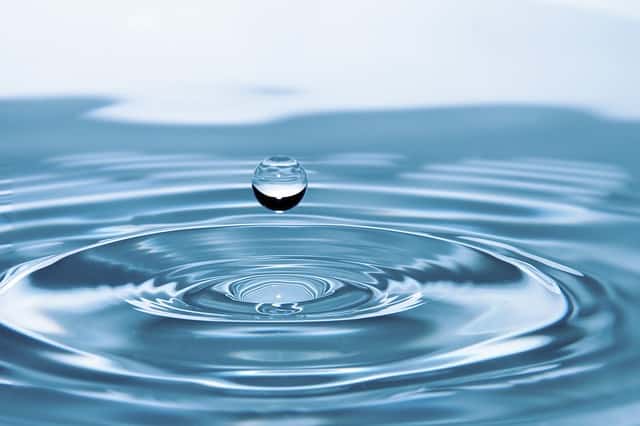Astronomers have discovered the line of oxygen emission in the spectrum of the second known interstellar body – comet 2I / Borisov. The estimated rate of outflow of matter from the surface of the body turned out to be comparable with a similar parameter of comets of the Solar system. The ratio of gas to dust also does not make the comet exceptional, but more thorough observations are needed to fully understand the composition and degree of activity of the comet.
Comets are composed of a mixture of rock and frozen gases. It is believed that they were formed at an early stage in the evolution of the protoplanetary disk and, therefore, reflect the composition of the medium in which planetary nuclei formed. In this regard, the study of comets should help clarify the physical and chemical conditions during the beginning of the growth of large bodies.
Of exceptional interest in this context is the composition of comet 2I / Borisov, which was discovered earlier this year and has a clearly extrasolar origin. This makes it the second-largest object after the asteroid 1I / Oumuamua, arrived from the interstellar medium, and the first comet of its kind. At the moment, 2I / Borisova is approaching the Sun, its brightness and activity are increasing, but studies already conducted have not found noticeable differences from comets of the Solar System in a small number of studied parameters.
American astronomers with the participation of Adam McKay from the NASA Goddard Space Flight Center have described new observations of Comet Borisov using the 3.5-meter telescope of the Apache Point Observatory. For two exposures of 1800 seconds each, the astronomers obtained spectra with a resolution of 31500.
Astronomers managed to detect a line of neutral oxygen emission at a wavelength of 6300 angstroms. Under the assumption that most of this oxygen is bound to water molecules, it turns out that approximately (6.3 ± 1.5) × 10 26 water molecules per second (about 19 kilograms per second) evaporate from the surface of the comet. Comparison with the cyan loss rate obtained in other works gives the ratio of cyan to water flows at the level of 0.3-0.9 per cent. While most comets in the solar system are characterized by values of about 0.3 per cent, in some cases ratios of up to 1 per cent are observed.
The researchers also calculated the active area of the comet, from which the amount of water needed to evaporate. Within the framework of a simplified spherical model, as well as assuming a regime of thermodynamic equilibrium with radiation and an albedo of 0.04 similar to comets of the Solar System, it turns out that the active area is 1.7 square kilometres. However, there are still no reliable measurements of the size of the core; therefore, such an area makes up from 1 to 140 per cent of the estimates made.
The researchers note that indirect signs indicate a high concentration of water in Borisov’s comet, but it is possible that it is saturated with carbon oxides, which can also contribute to the measured oxygen line. In this case, the interpretation of the results given in this paper will need to be adjusted. To understand the situation, infrared or submillimeter observations of the object should help, which will confirm or refute noticeable amounts of CO and CO2 on the comet.
